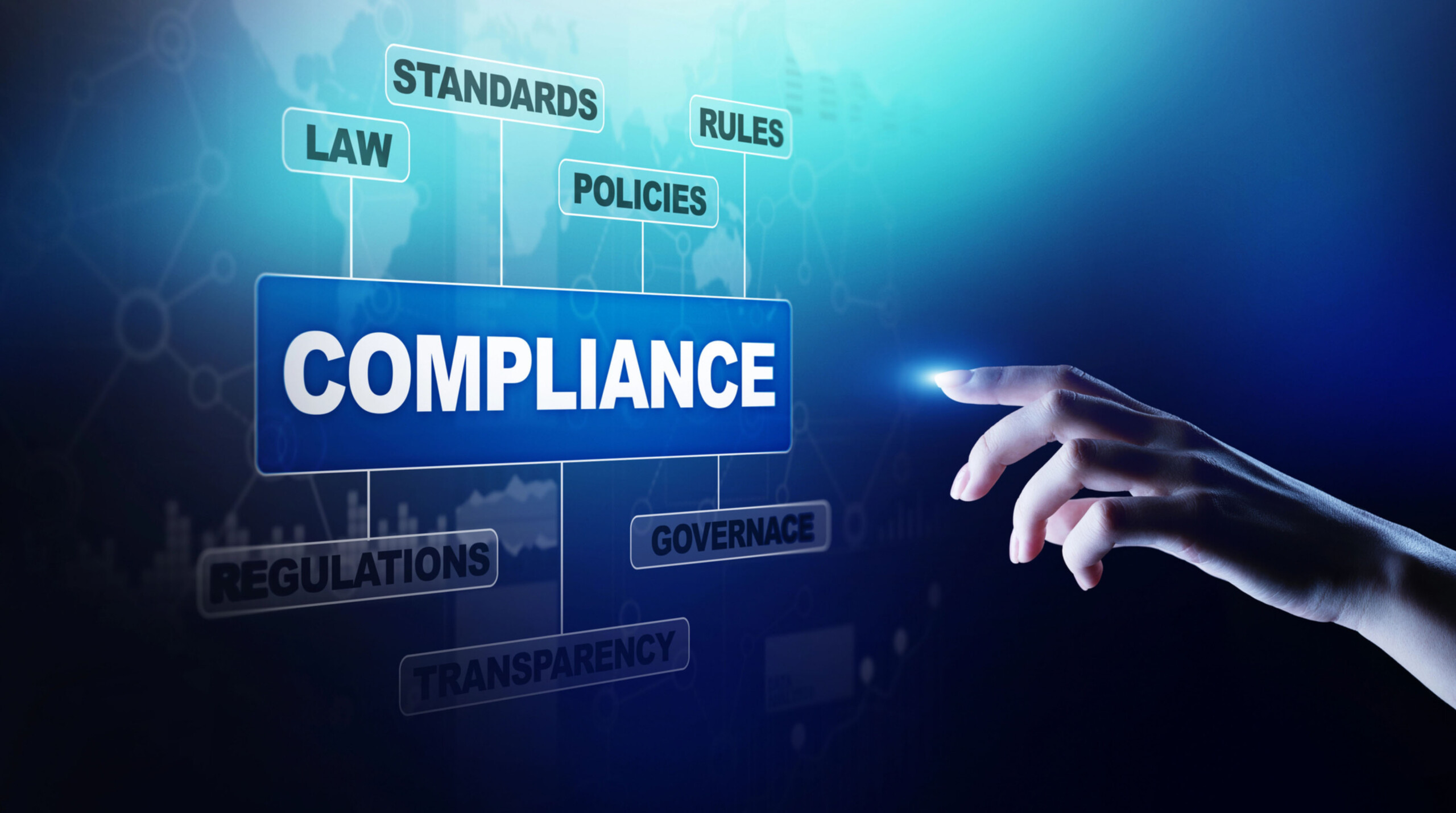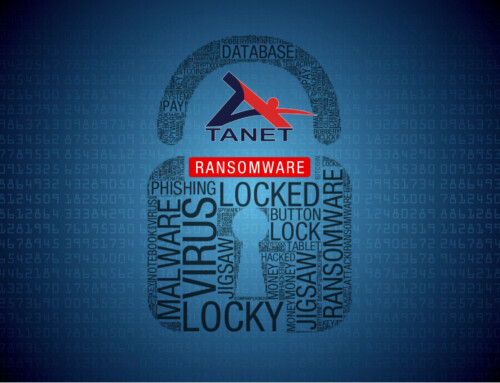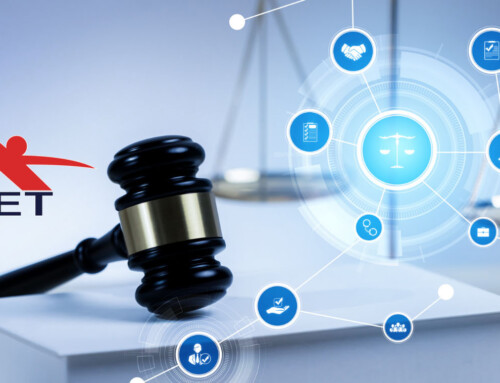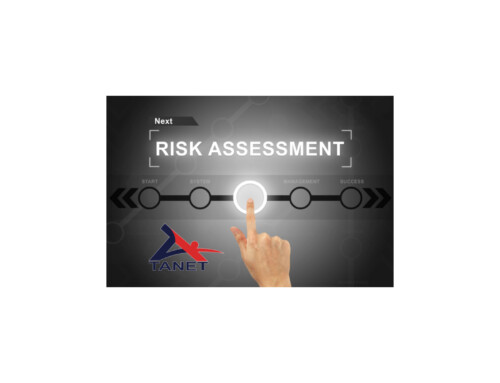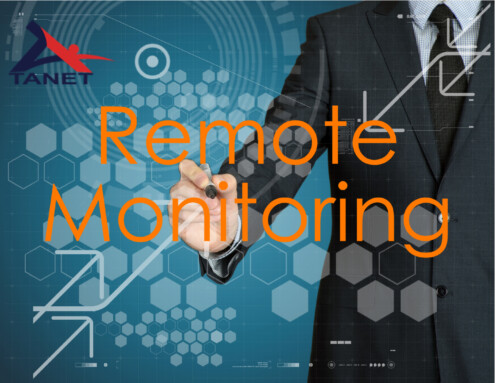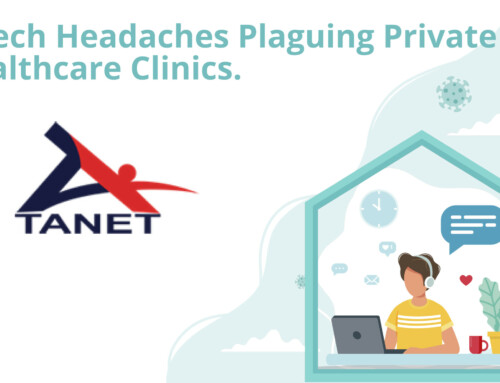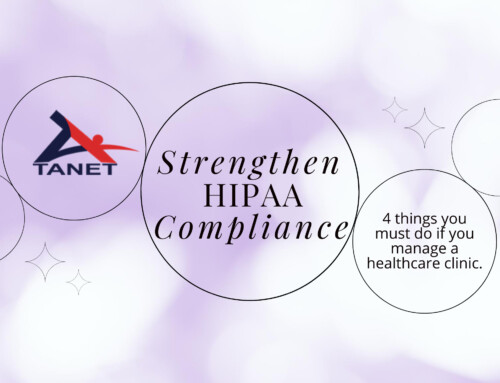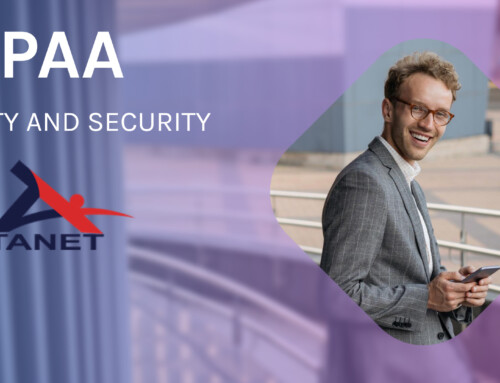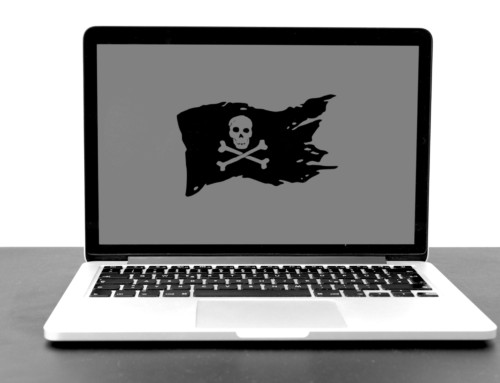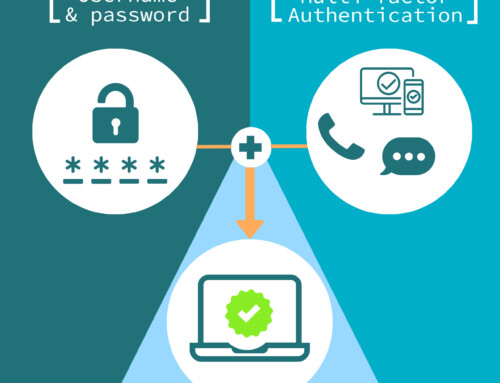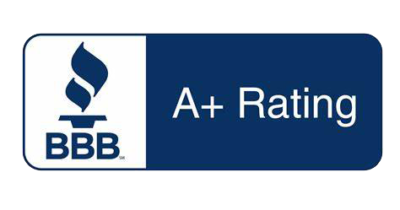In today’s digital age, protecting your data and systems from cyberattacks is no longer optional. Many organizations are turning to cybersecurity compliance frameworks to establish a strong security posture. But with so many frameworks available, choosing the right one can feel overwhelming. This blog post will break down some of the most common cybersecurity compliance frameworks, helping you understand their purpose and choose the best fit for your needs.
Understanding Compliance Frameworks
A cybersecurity compliance framework is a set of guidelines and best practices designed to help organizations manage cyber risks. These frameworks outline essential controls for areas like access control, data security, incident response, and business continuity. Implementing a framework demonstrates your commitment to cybersecurity and can offer several benefits:
Reduced Risk of Attacks: Frameworks provide a roadmap for identifying and mitigating vulnerabilities in your systems.
Enhanced Customer Trust: Compliance can reassure customers that their data is protected.
Improved Regulatory Compliance: Many frameworks align with industry regulations, simplifying compliance efforts.
Common Cybersecurity Compliance Frameworks:
NIST Cybersecurity Framework (CSF): Developed by the National Institute of Standards and Technology (NIST), the NIST CSF is a flexible framework that can be tailored to any organization’s size and risk profile. It focuses on five core functions: Identify, Protect, Detect, Respond, and Recover.
ISO 27001 & ISO 27002: These International Organization for Standardization (ISO) standards provide a comprehensive approach to information security management. ISO 27001 outlines the requirements for an information security management system (ISMS), while ISO 27002 offers best practices for implementing controls. Achieving ISO 27001 certification demonstrates a mature cybersecurity program.
CIS Controls: The Center for Internet Security (CIS) Controls Framework provides a prioritized list of 20 essential cybersecurity controls that all organizations should implement, regardless of industry. These controls address critical areas like basic hygiene, foundational practices, and organizational safeguards.
HIPAA (Health Insurance Portability and Accountability Act): HIPAA is a regulation that sets the standard for protecting sensitive patient data in the healthcare industry. It outlines specific requirements for data security, access control, and breach notification.
PCI DSS (Payment Card Industry Data Security Standard): The PCI DSS is a set of security requirements designed to ensure the safe handling of cardholder data by organizations that accept credit cards. Compliance with PCI DSS is mandatory for any organization that processes, transmits, or stores cardholder data.
Choosing the Right Framework
The best cybersecurity compliance framework for your organization will depend on several factors, including your industry, size, risk profile, and regulatory requirements. Here are some tips for choosing the right framework:

